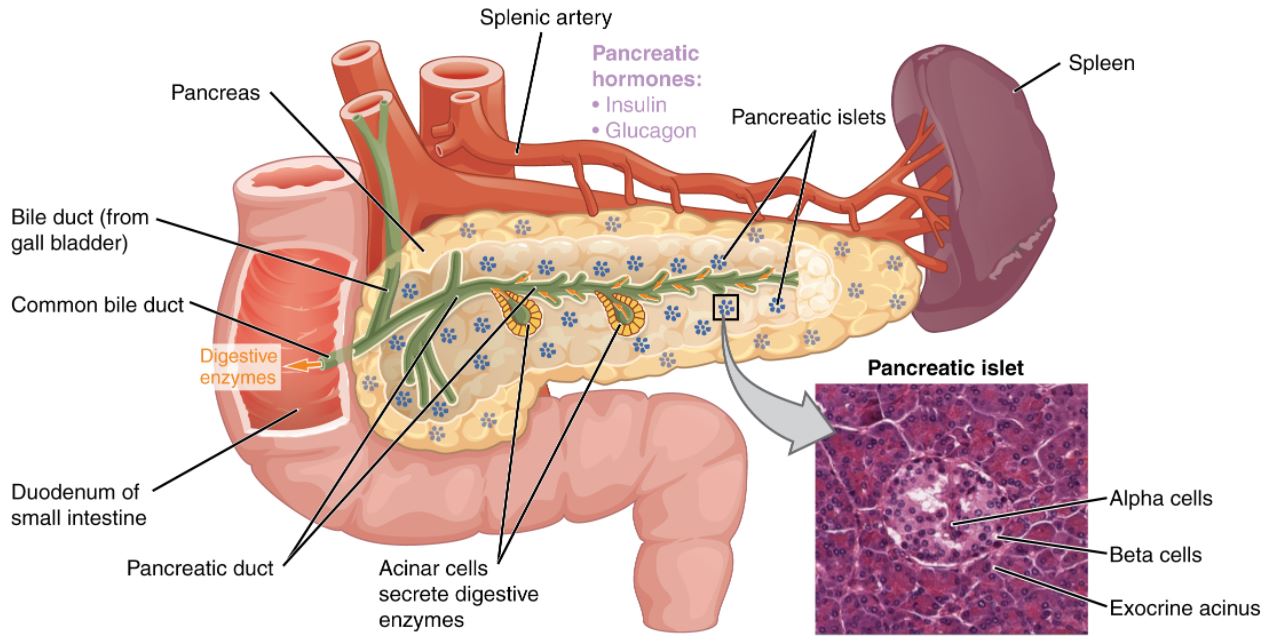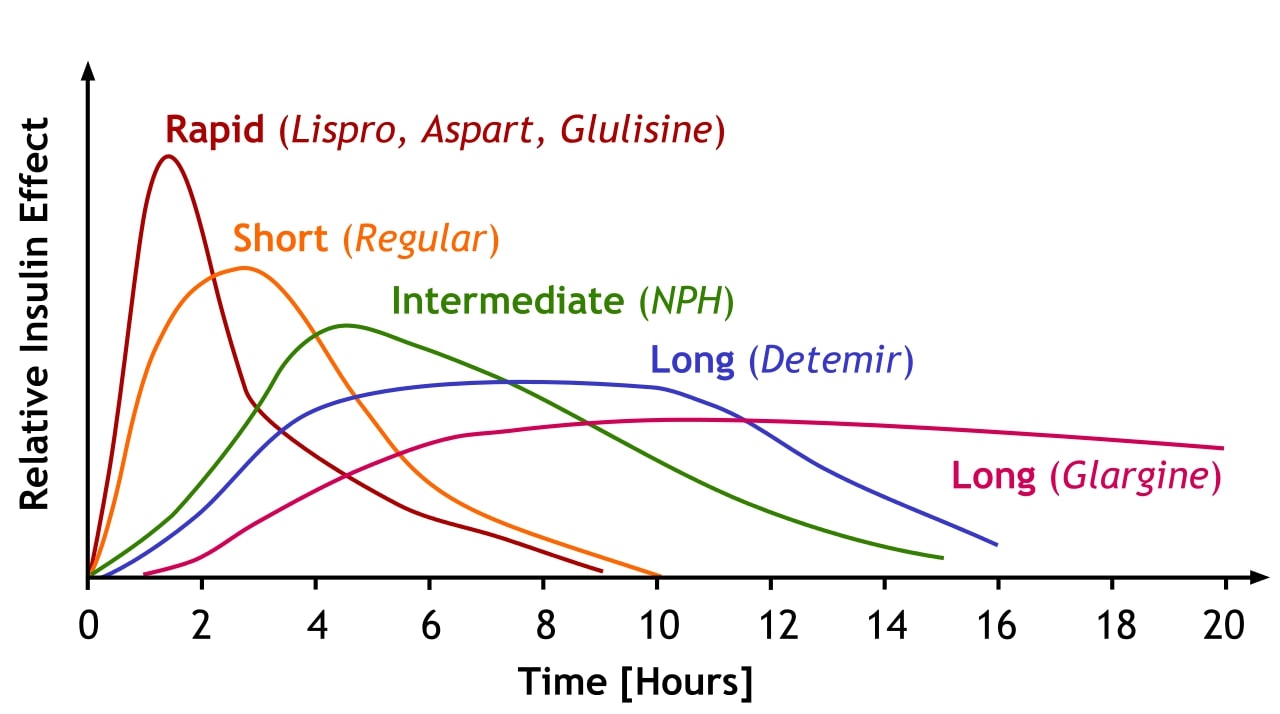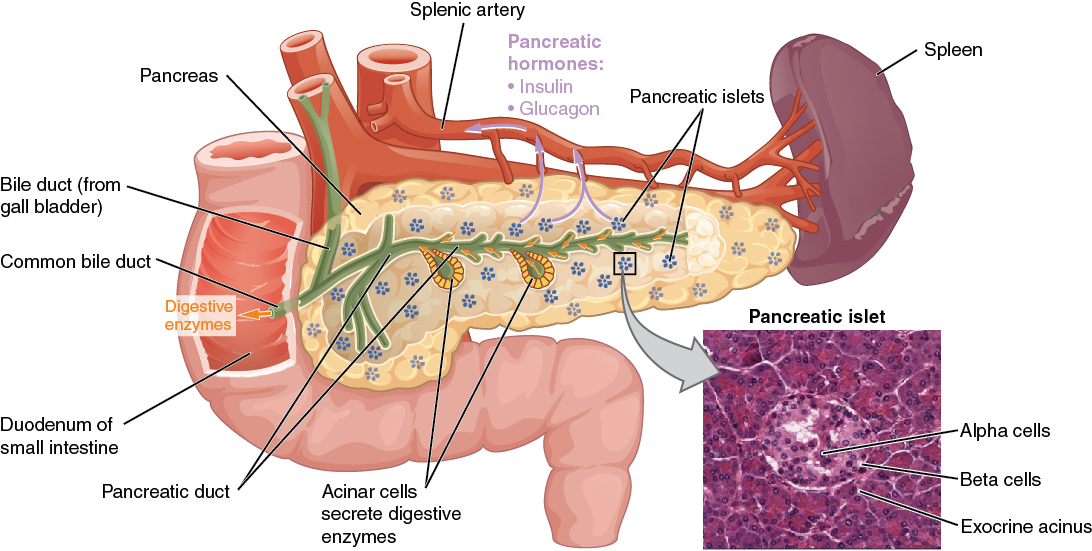Playlist
Show Playlist
Hide Playlist
Diabetic Foot Ulcers with Case
-
Slides 02-03 Diabetes Mellitus part 2.pdf
-
Reference List Endocrinology.pdf
-
Reference List Diabetes Mellitus.pdf
-
Download Lecture Overview
00:00 Let's go on to another case. A 57-year-old man presents to his primary care provider with progressive right foot swelling, redness, and malaise. He reports seeing a blister on his forefoot several months ago and he started using new work boots. He has dressed the affected area daily with bandages. However, healing has not occurred. He has type 2 diabetes for 16 years and a stage 2 chronic kidney disease for 3 years. He smoked 20-30 cigarettes a day for 25 years. His vital signs include a temperature of 38.1°C, a blood pressure of 110/70, and a pulse rate of 102 beats/minute. On physical examination, there is a malodorous right foot ulcer overlying the 1st metatarsophalangeal joint. Fluctuance and erythema extend 3 cm beyond the ulcer border. 00:57 Moderate pitting edema is notable over the remaining areas of the foot and ankle. What is the best initial step for this patient? This is a chronic diabetic who started wearing new shoes who developed swelling and ulceration of the foot. He is a smoker with type 2 diabetes which will increase his likelihood for peripheral vascular disease. Infection is implied by the low-grade fever and tachycardia. Examination of the foot ulcer reveals fluctuance of the skin, edema, and redness otherwise known as cellulitis. This patient has a classic diabetic foot ulcer. In this case, antibiotics such as clindamycin added to a quinolone should be started. They are indicated in cases with signs of infection. They can be given orally in mild cases or parenterally in severe cases. Podiatrist referral is always recommended because the wound will probably need to be debrided. If slow resolution or poor response to antibiotics, consider bone involvement or osteomyelitis. This can be done by ordering a bone scan. In this image, we see a classic diabetic foot ulcer on the pressure point under the foot. You can see the surrounding slough and erythema, which is classic for this condition. Diabetic foot ulcers increase the risk for amputation and disability. The etiology is multifactorial. Loss of peripheral sensation usually from diabetic neuropathy leads to significant injuries undetected by the patient. Peripheral arterial disease which may be co-existent further in the low extremities causes ischemic ulcers and impairs healing. 02:45 Altered leukocyte function because of hypoglycemia impedes wound healing as well. An annual foot exam to check pedal pulses, sensation, to rule out the presence of ulcers, skin or nail infections as well as assessment of ankle reflexes and joint instability should be performed. 03:05 Daily inspection of the feet for early detection of any abnormality by the patient and wearing of appropriate footwear should be recommended. Careful selection of footwear is paramount in these cases as new footwear or inappropriate footwear are major risk factors for the development of diabetic foot ulcers.
About the Lecture
The lecture Diabetic Foot Ulcers with Case by Michael Lazarus, MD is from the course Diabetes Mellitus. It contains the following chapters:
- Case: 57-year-old Man with Right Foot Swelling
- Diabetic Foot Ulcers
Included Quiz Questions
What is most likely to predispose the following patient to his foot ulcer? A 57-year-old man presents with progressive right foot swelling, redness, and malaise. He reports seeing a blister on his forefoot several months ago after using new work boots. He has dressed the affected area daily with bandages; however, the area has not healed. Medical history: Type 2 DM for 16 years, stage 2 chronic kidney disease for 3 years, and smoked 20–30 cigarettes daily for 25 years. Physical examination: Temperature of 38.1°C (100.6°F), blood pressure of 110/70 mm Hg, and pulse of 102 beats/min. There is a malodorous right foot ulcer overlying the first metatarsophalangeal joint. Fluctuance and erythema extend 3 cm beyond the ulcer border. Moderate pitting edema is notable over the remaining areas of the foot and ankle.
- Diabetic neuropathy
- Cardiac disease
- Obesity
- Antibiotic resistance
- Hypertension
Which of the following would be least likely to have prevented the ulcer seen in the following patient? A 57-year-old man presents with progressive right foot swelling, redness, and malaise. He reports seeing a blister on his forefoot several months ago after using new work boots. He has dressed the affected area daily with bandages; however, the area has not healed. Medical history: Type 2 DM for 16 years, stage 2 chronic kidney disease for 3 years, and smoked 20–30 cigarettes daily for 25 years. Physical examination: Temperature of 38.1°C (100.6°F), blood pressure of 110/70 mm Hg, and pulse of 102 beats/min. There is a malodorous right foot ulcer overlying the first metatarsophalangeal joint. Fluctuance and erythema extend 3 cm beyond the ulcer border. Moderate pitting edema is notable over the remaining areas of the foot and ankle.
- Starting metformin
- Assessing peripheral pulses annually to determine risk for peripheral vascular disease
- More thoughtful footwear selection
- Assessing foot sensation annually to determine risk for diabetic neuropathy
What is the best initial step for the patient in the following case? A 57-year-old man presents with progressive right foot swelling, redness, and malaise. He reports seeing a blister on his forefoot several months ago after using new work boots. He has dressed the affected area daily with bandages; however, the area has not healed. Medical history: Type 2 DM for 16 years, stage 2 chronic kidney disease for 3 years, and smoked 20–30 cigarettes daily for 25 years. Physical examination: Temperature of 38.1°C (100.6°F), blood pressure of 110/70 mm Hg, and pulse of 102 beats/min. There is a malodorous right foot ulcer overlying the first metatarsophalangeal joint. Fluctuance and erythema extend 3 cm beyond the ulcer border. Moderate pitting edema is notable over the remaining areas of the foot and ankle.
- Antibiotics and debridement
- Bone scan to confirm osteomyelitis
- Increase in the dosage of the patient's insulin regimen
- Lifestyle modifications including hypoglycemic diet and moderate exercise
Customer reviews
5,0 of 5 stars
| 5 Stars |
|
5 |
| 4 Stars |
|
0 |
| 3 Stars |
|
0 |
| 2 Stars |
|
0 |
| 1 Star |
|
0 |






